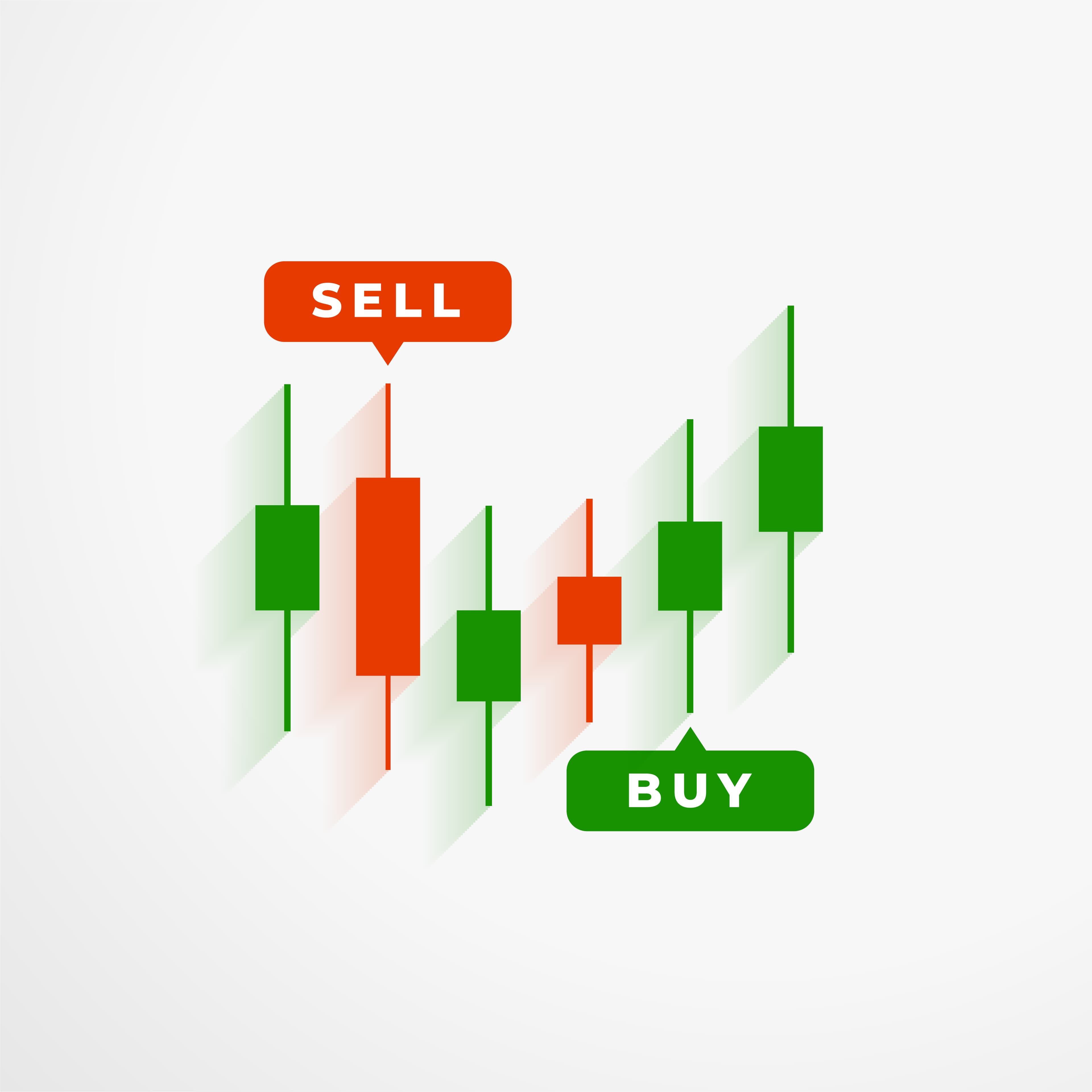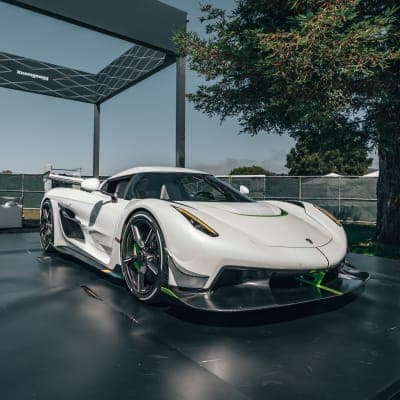Swing Trading Forex: Simple Strategy Guide (2025)
Day trading takes too much time. Position trading takes too long to profit. Swing trading forex is the middle ground where you hold trades for 2-10 days to catch medium-term price moves without staring at screens all day.
Swing Trading Forex Quick Answer:
- Hold positions 2-10 days to capture price swings
- Check charts 30-60 minutes per day (not hours)
- Works best on EUR/USD, GBP/USD, and gold
- Target 1:2 or 1:3 risk-reward (risk $100 to make $200-300)
- Requires patience and discipline, not constant monitoring
What Is Swing Trading in Forex
Swing trading means holding forex positions for multiple days to profit from one "swing" in price. Unlike day traders who close everything daily, you hold through overnight sessions. Unlike position traders who hold for months, you exit after one trend leg completes.
Think of it like catching waves. Day traders catch ripples. Position traders wait for tides. Swing traders catch the waves between, the ones that take 3-7 days to form and break. You enter when momentum builds, ride the move, and exit before it reverses.
The strategy works because forex markets move in waves, not straight lines. EUR/USD might rally two days, pull back one day, then rally three more days. You enter during the pullback and exit when the next rally stalls.
Best Markets for Swing Trading
Currency pairs: EUR/USD and GBP/USD are most popular because they have tight spreads and respect technical levels. Gold: Trading gold forex works well because gold maintains momentum for days or weeks once a trend starts. CFD forex trading: Most retail brokers offer CFDs, letting you trade without owning currency and profit from both rising and falling markets.
How to Swing Trade Forex (Step-by-Step)
- Pick one currency pair: Start with EUR/USD. Use daily charts for setups, 4-hour charts for entries.
- Identify the trend: Price above 50 and 200 moving averages = uptrend. Only take long trades in uptrends, short trades in downtrends.
- Mark support and resistance: Draw lines where price reversed at least twice in the past 2-3 months.
- Wait for price to approach your level: Set alerts. Most swing traders only take 2-4 trades per week.
- Enter on confirmation: Wait for bullish engulfing candles (for longs) or bearish engulfing (for shorts) at your level.
- Set stop loss and take profit immediately: Stop goes below recent swing low (longs) or above swing high (shorts). Target is next major resistance/support.
- Risk 1-2% per trade: If you have $5,000, risk $50-100 per trade maximum.
- Check once daily: Look at charts morning and evening. Do not micromanage. Let the trade develop.
Common Swing Trading Problems
The biggest mistake is closing trades too early. Price moves against you 30 pips and you panic, exiting before the setup completes. Swing trades need 2-5 days to work. Intraday noise will shake you out if you watch too closely.
Second mistake is overtrading. You get impatient between setups and take trades that do not meet your criteria. This kills your win rate. Stick to your rules or do not trade.
If you are dealing with broker disputes, withdrawal refusals, or suspicious trading losses, RankedSafe.com helps forex traders navigate recovery options and regulatory complaints. For typical trading losses from poor execution, the solution is better risk management.
Never risk more than 1-2% per trade. Even five losing trades in a row only costs you 5-10% of your account, giving your strategy time to prove itself statistically.
Is Forex Swing Trading Profitable?
Realistic answer: 70-80% of retail traders lose money, but most quit after a few trades, use terrible risk management, or overtrade. Swing trading has higher success rates because it removes emotional pressure from constant decisions.
With 1% risk per trade, 1:2 risk-reward, and 50% win rate, expect 4-8% monthly returns. A $5,000 account becomes $10,000 in about 12 months at 6% monthly growth. Not exciting, but it compounds.
Profitability depends on three things: following your strategy every time, keeping risk small, and giving it 50+ trades before judging results. Most traders fail because they abandon strategies after three losses.
Quick FAQ
What is the best forex pair for swing trading?
EUR/USD has the tightest spreads and respects technical levels best. GBP/USD offers bigger moves but more volatility. Start with EUR/USD, add others once profitable.
How much money do I need to start?
Minimum $500-1,000, but $2,000-5,000 is better. With $500 and 1% risk, you only risk $5 per trade, forcing high leverage. With $2,000 you risk $20 per trade, giving better stop loss flexibility.
Can I swing trade with a full-time job?
Yes. Swing trading only needs 30-60 minutes daily. Check charts morning and evening. Set price alerts so you know when setups form. Many successful swing traders have 9-to-5 jobs.
What is the difference between swing trading and day trading?
Day trading closes all positions daily, uses 5-minute to 1-hour charts, requires constant monitoring. Swing trading holds 2-10 days, uses 4-hour and daily charts, needs 30-60 minutes daily.
Should beginners use automated forex trading?
No. Trade manually for 6-12 months first. Learn how markets behave. Once you have a profitable strategy, then consider automation as an assistant, not a replacement.
Conclusion
Swing trading forex works when you identify trends, wait for pullbacks to support or resistance, enter with confirmation, and hold for 2-10 days without micromanaging. Success comes from consistency, not secret strategies. Risk 1-2% per trade, follow your rules every time, and give the strategy 50+ trades to prove itself. Start with EUR/USD, mark key levels, and wait for your first high-probability setup.




